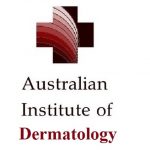Acne
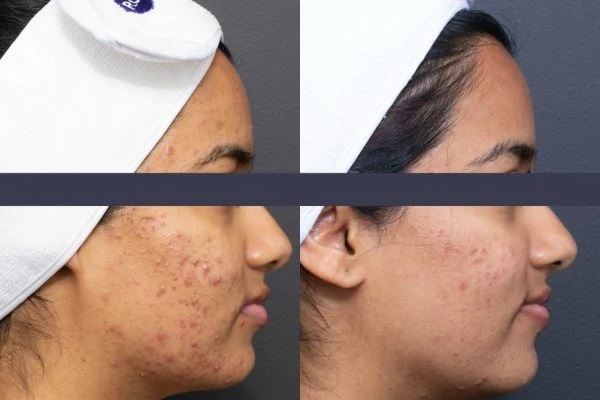
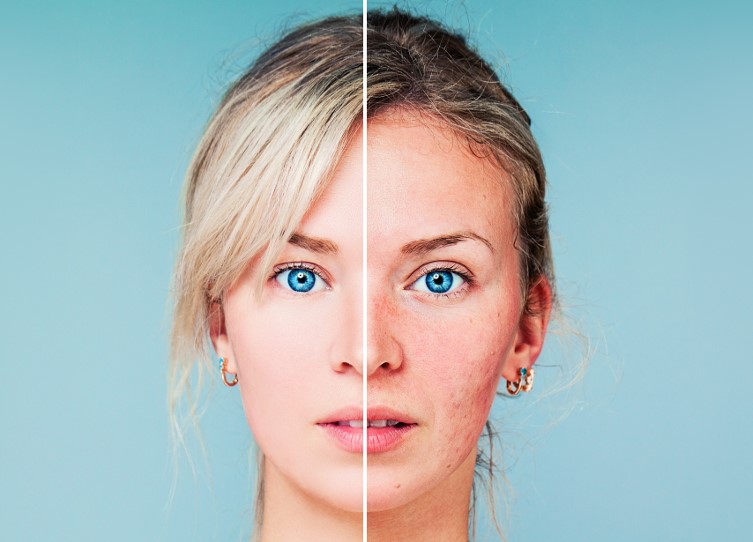
Rosacea
Rosacea is a common skin condition that causes redness and visible blood vessels in your face. It may also produce small, red, pus-filled bumps. These signs and symptoms may flare up for weeks to months and then go away for a while. It is a complex condition caused by overlap of several causative factors including genetic, environmental, vascular and inflammatory factors.
The treatment for rosacea aims to eliminate hair follicle mites (Desmodex folliculorum), reduce formation of new capillaries (small blood vessels) and reduce inflammation and secondary infections to prevent scarring and rhinophyma (distortion of the nose). Avoiding triggers along with topical medications to reduce mites, lower infections, redcue inflammation all form part of the treatment plan.
We frequently include phototherapy in the treatment of rosacea as it has been shown to be as, or more effective than, IPL (‘intense pulsed light’) in reducing the redness.
Excessive underarm sweating ('axillary hyperhydrosis')
Sweating helps a person adapt to high surrounding temperatures, and also serves as a regulator of psycho-emotional stress. The sweat increases in hot conditions, during stress, and after eating. This is all quite normal and needs no treatment.
But, if a person suffers from increased underarm sweating constantly without any apparent reason, this is a pathological condition. It is usually called axillary hyperhidrosis, and does not only bring physical discomfort, but also leads to problems at work and in personal life.
Fortunately there are several modern evidence-based medical treatment options for this distressing condition. One approach involves the topical application of an agent called aluminium chloride hexahydrate (known as “Drysol”) which affect the glands producing sweat. When this treatment is not effective anti-sweat injections for hyperhidrosis using botulinum toxin A may be used, which can lead to several months of being completely symptom free.
Please discuss your specific situation with our skin experts.
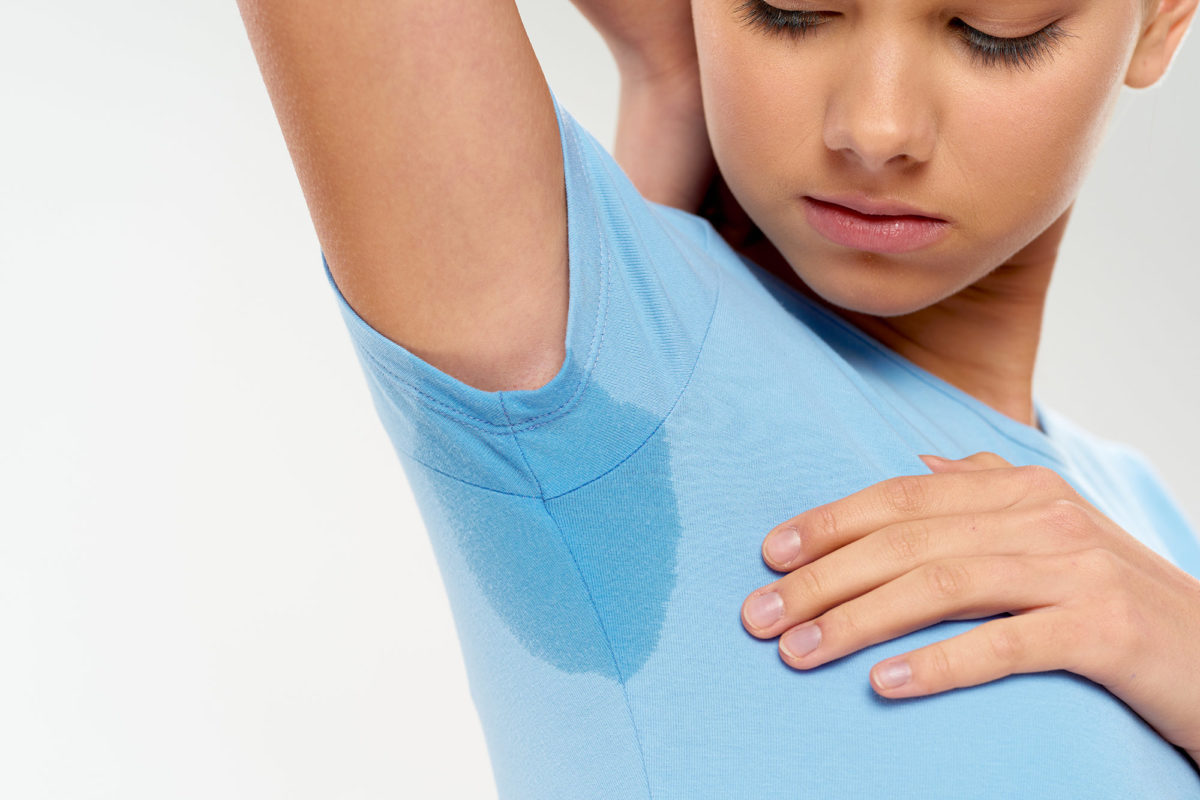
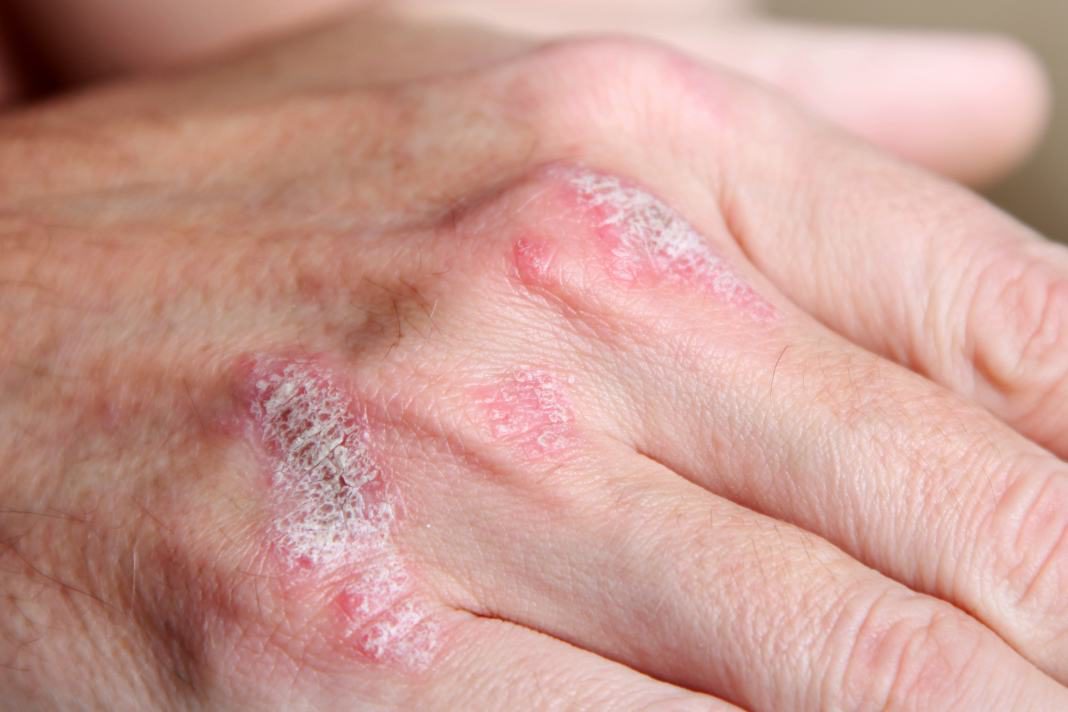
Eczema, Dermatitis, Psoriasis and other dermatoses
Dermatoses is a term used to describe any skin defect or lesion on the skin that causes inflammation of the skin. Harmful changes may start in the epidermis, dermis and/or subcutaneous tissue. Patterns of changes may help to make a clinical diagnosis or it may be non-specific. There are many variants of dermatoses including eczema/dermatitis, psoriasis, lichen planus, granuloma annulare, and many others. There are also conditions that mimic dermatoses, including lichenoid actinic keratoses (caused by sun damage), lichen sclerosis (caused by chronic scratching), and others.
Occasionally a skin biopsy is needed to determine the exact type inflammation which will guide the treatment decisions. Clinical photography is often used to monitor response to therapy.
Many treatment aspect will be considered including non-toxic moisturizers (unlike many commercially available “moisturizers” which contain parabens, petrolatum, chemicals and other toxins), the role of diet and vital supplements, the need for topical steroid therapy (although there are many adverse effects, a course of cream or ointment many settle an exacerbation), and the potential benefit of phototherapy and photodynamic therapy in some situations.












